Fifteen Minutes of Fame
Hard Eight for Robert Voisey

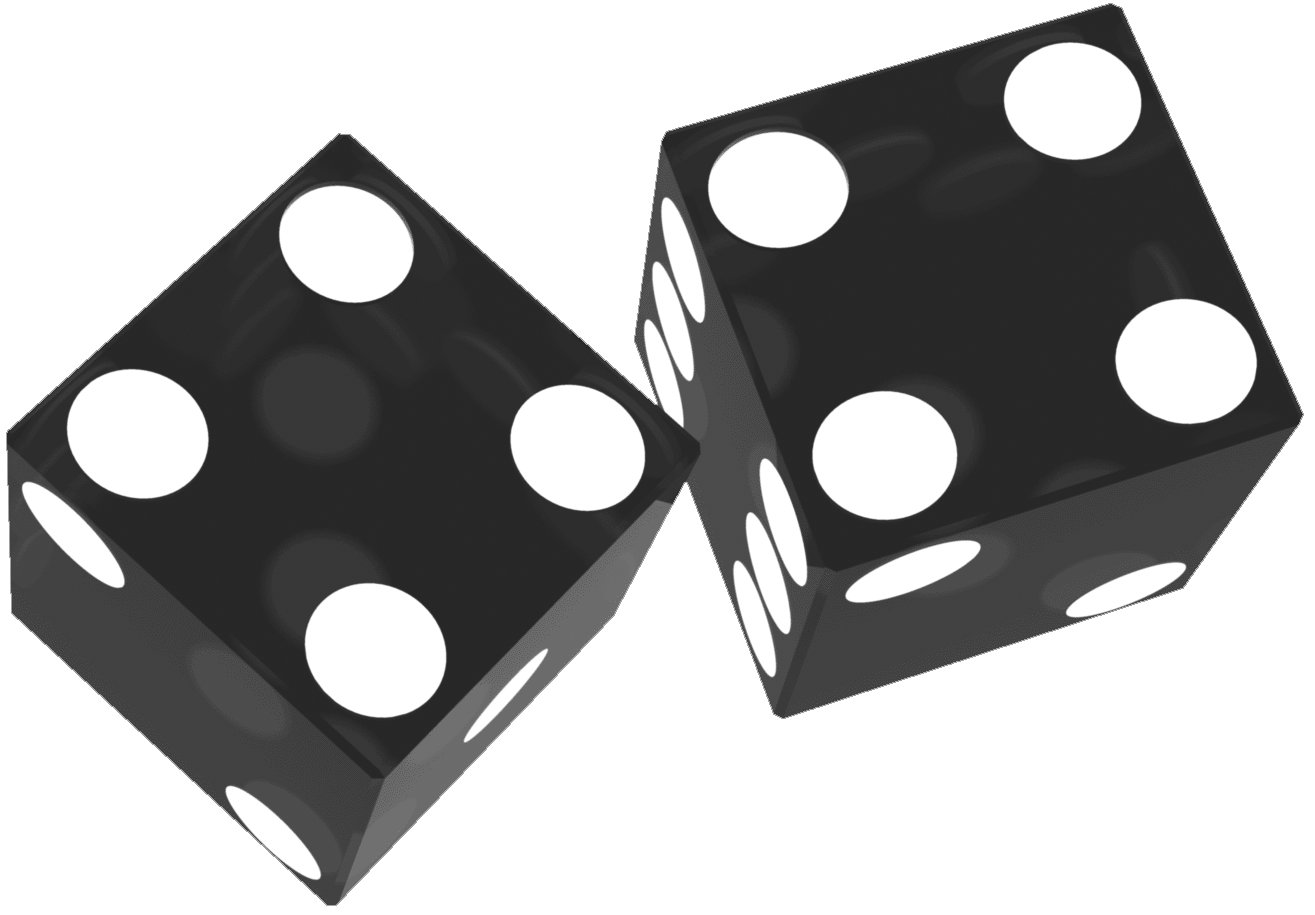
Projects
Fifteen Minutes of Fame: Robert Voisey's Hard Eight
This Fifteen Minutes of Fame is a collection of 15 graphic scores which can be freely interpreted by any instrument or combination of instruments in an ensemble. Dice (commonly known as craps), is a game often played for money where the player (referred to as the shooter) rolls 2 dice hoping to roll a winning combination. The number 8 can be obtained 3 ways. The "easy way" by rolling a 6 and 2 or a 3 and 5, or the "hard way" by rolling a 4 and 4. "Hard" numbers are any 2 pair combinations: 2 and 2, 3 and 3, 4 and 4, 5 and 5, and 6 and 6. Betting on the "hard" number combination results in a larger return when it is thrown. On December 8th this Composer's Voice concert celebrates Rob Voisey’s Birthday turning 44 the "hard way."
Istvan Peter B’Racz, Bill Beckett, Brendan Randall-Myers, and Nate Trier are the musicians performing this Fifteen Minutes of Fame.
Concert Dates
- Decmeber 8, 2013 - Jan Hus Church, New York City
15 one-minute selections for Robert Voisey's Hard Eight
-
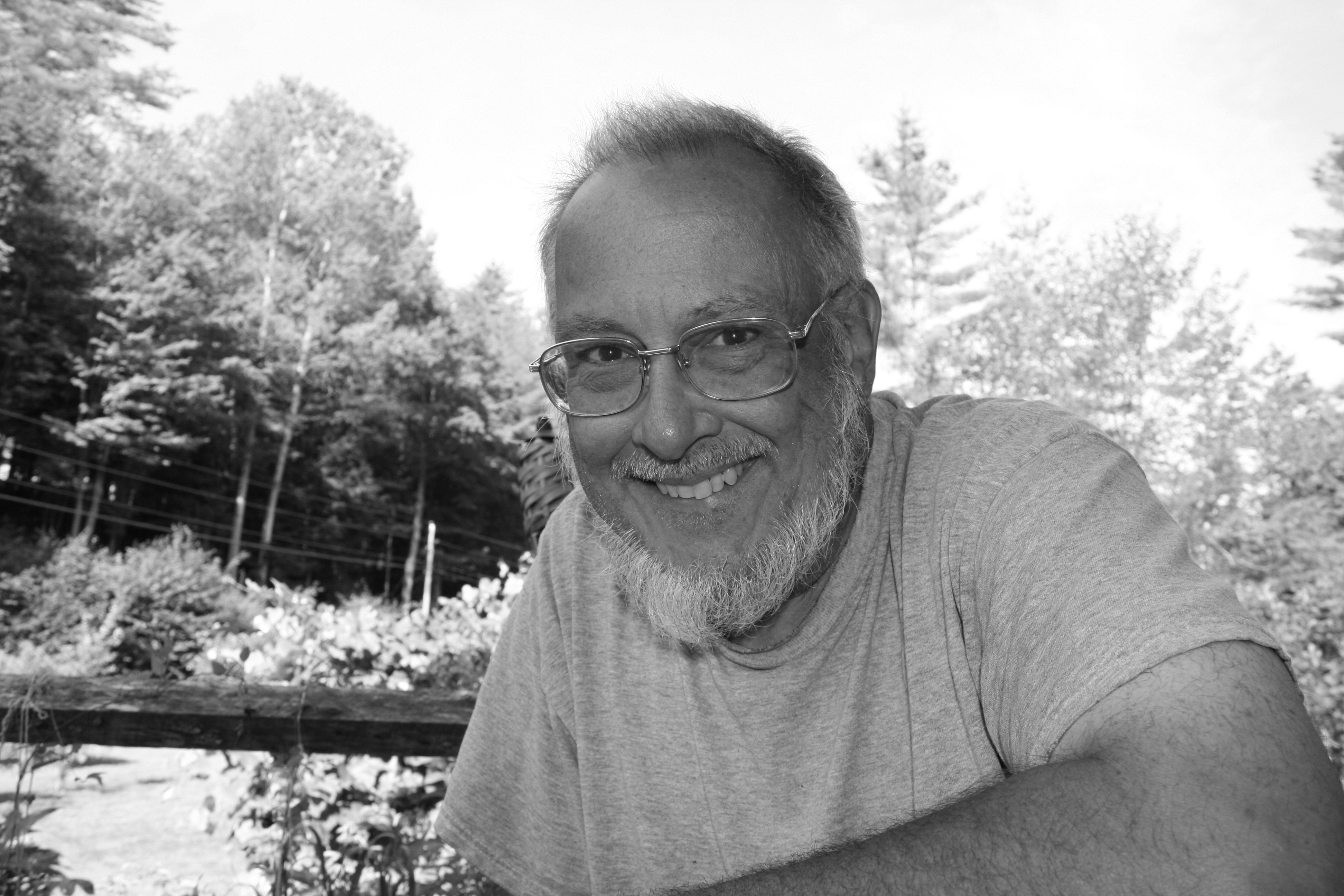
Underside
Dennis Bathory-Kitsz
Dennis Bathory-Kitsz (1949) composes and advocates for the presentation of nonpop. He has created more than 1,000 works. He co-hosted the “Kalvos & Damian” nonpop radio show and created the “We Are All Mozart” composition project. His Blood Countess opera “Erzsébet” premiered in 2011.
“Underside” uses an image of the underside of a Chicago River bridge as a pseudo-three-dimensional score grid, and players (preferably voices or long-toned instruments) create an interwoven counterpoint of pitches -- as slow as possible within sixty seconds—as they move across that underside. -

Sketch
Shawn David Broukhim
Raised in Los Angeles, CA, Shawn began studying music and experimenting with sounds at an early age. He went on to study music composition, electronic music, and cultural theories of sound at Columbia University, where he graduated with a dual degree in Music and Anthropology.
a ‘sketch’ suggests something yet to be completed a work free of the pressure accompanying the “masterpiece”
-
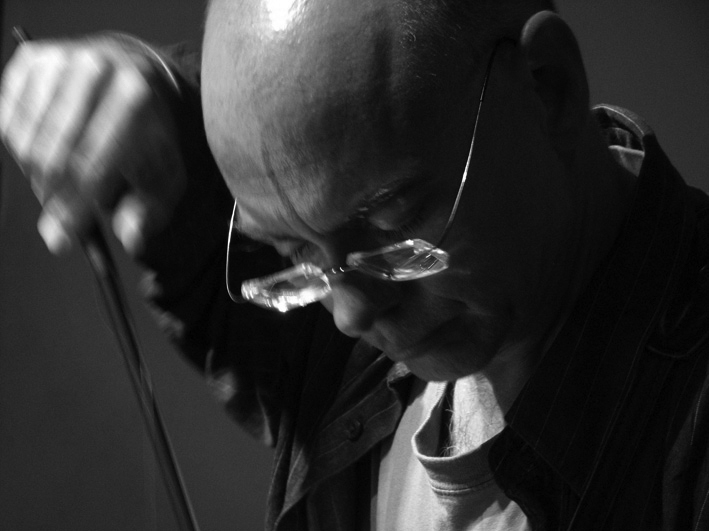
Taos Junction
Paul Elwood
Elwood’s music combines his background as a folk musician and experimentalist on the banjo with that of his voice as a composer who loves the processes of contemporary writing. He has been featured at festivals in Moscow, Sofia, Mexico City, Marseille, Wollongong, Edinburgh, Darmstadt, and all over the U.S.A.
Taos Junction was written for the Hard Eight call for graphic scores. I created a collage including a topographical map of the desert west of Taos, New Mexico, a small sepia-toned still from a silent movie, a text fragment carved from a well-worn copy of Dante’s Inferno, and staff paper.
-

Rainbow Road
Marc Hoffeditz
Marc Hoffeditz (b. 1990) is a composer of instrumental and vocal music. Currently pursuing his MM at the Boston Conservatory, he received his BM from Christopher Newport University in Virginia. His compositional interests include the convergence of contemporary classical music with LGBT culture and darker side of childhood nostalgia. Teachers include Marti Epstein, Dalit Warshaw, and Christopher Cook.
The final race in the Nintendo® Mario Kart series, Rainbow Road takes the driver/player on a roller coaster of colors and flashing lights. The goal is to cross the finish line first based each player's given path. Though the track never changes, no two laps/races will ever be the same. How will yours end up? -
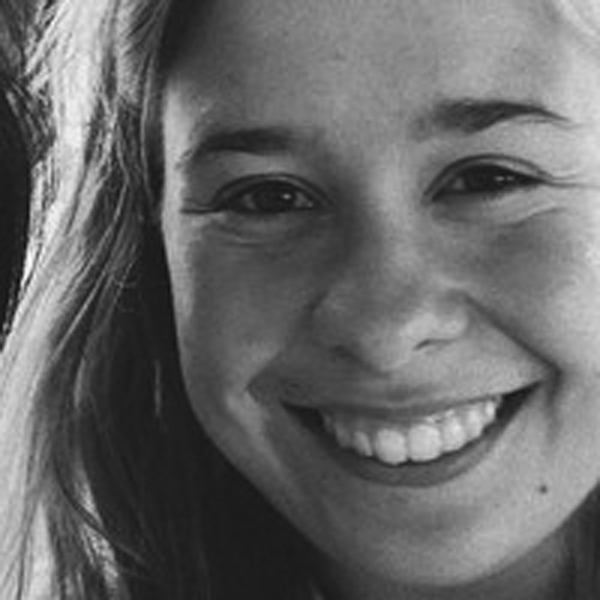
toy box.
Elizabeth Jigalin
Elizabeth Jigalin is an Australian composer, sound artist and performer, studying composition as a recipient of the ‘Ted & Susan Meller’ scholarship at the Sydney Conservatorium of Music. As a composer, Elizabeth is inspired by a variety of compositional styles along with other artistic forms such as sculpture and installation work.
The creative adult is the child who has survived." -- Ursula K. le Guin.
-

Bird symposium
Steven H Markowitz
Steven H Markowitz Studied Composing and Arranging at Dick Groves (Studio City California) in the mid 80's. He is an accomplished improviser at the piano keyboard, wherein he merges classical and jazz sonorities. Influences include Keith Jarrett, Eric Satie, and Sergei Prokofiev.
Bird symposium. Ideally the players will let go of their human-ness for 60 seconds, and try to sound avian. Each player is expected to play in a separate rythmic sphere, independent of the larger group, changing between 4 phases, with a ritard at the end.
-
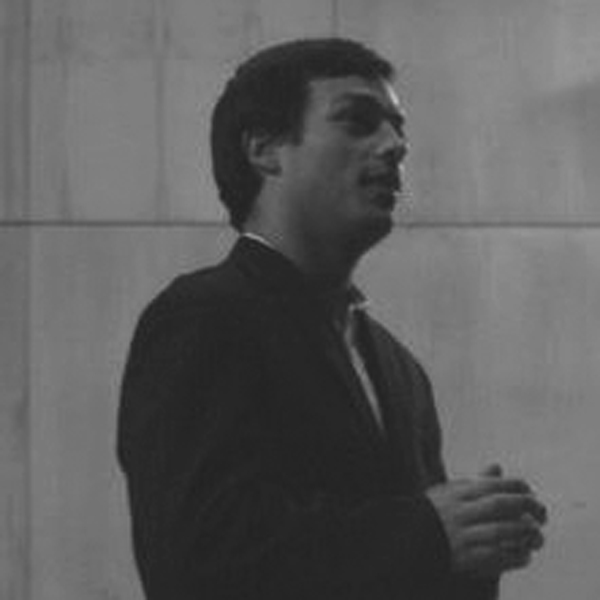
Lucky Dice
Daniel Mihai
Daniel Mihai studied with the Maestro and teachers like Serban Nichifor, Stefan Gheorghiu and a lot of great teachers of Romanian School of Music (National University of Music in Bucharest)! The first teacher in my life was my father who brings my special love to music and special to my first love- violine! He has attended MBA courses in the Faculty of Performing Art, with the objective of improvement and assimilation of all knowledge related to contemporary music.I am teacher of violine in Constanta and also i play with pleasure this kind of music wherever! Also, I o finish my final thesis in March, this gorgeous year!
For this composition i reach one of the meaning of the feelings in winner s dices of the gambler in one postmoden era. I bring that idea following and watching several gamblers who are passionated about the dices rules! I use a special story line for this project! For example this narration could be more but I have compressed in one minute length. I compose with this impression who is in my perception lovely ! Also the artist must be in a good mood and bring the whole atmosphere because I use the power of words and also jokes! I choose to compose this to express also all the postmodern sense FOR Maestro Robert Voisey! I hope with this miniature to be a special one, remembering and also connecting the past with the future, only in this PRESENT day! And I hope this is will be a SPECIAL ONE! The shorts moments are the best because what you feel in that moments is very exciting. The modulation of voice to the end marks something special and also appears like a remembering in the feelings and the skills of the WORDS,and vocalises in only 60 seconds. -
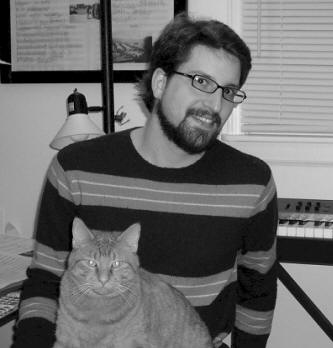
FOURXTWO
Philip Schuessler
Philip Schuessler has received degrees in music composition from Stony Brook University, University of Miami (FL), and Birmingham-Southern College. He has had works played through such venues as June in Buffalo, CCMIX in Paris, ICMC, MusicX, Spark, EMM, CMS, and SEAMUS. He is Instructor of Theory at Southeastern Louisiana University.
The score consists of four types of material: pitched, noise (or “glitch”), a pitch-noise hybrid (or “glitch-pitch”) and silence represented in the score by different graphic symbols that may be composed, interpreted openly, by the performers. Each player moves through his or her own material at their own pace to create stratified layers of texture and form. -

Shooter's End
Timothy G. Schirmer
A native of East St. Louis, Illinois, Tim Schirmer joined the music faculty at Champaign’s Parkland College in 1987. In addition to works for the concert stage, Dr. Schirmer has composed music for theatre, film and television. Over the past thirty-five years his work has received performances nationally and abroad.
The score is built on multiple applications of the Fibonacci Series. The obvious section/measure timings as well as the combinations of numbers on the dice are two of these applications. Additionally, the iterations of the “hard eight” combinations create a pseudo-rondo. -
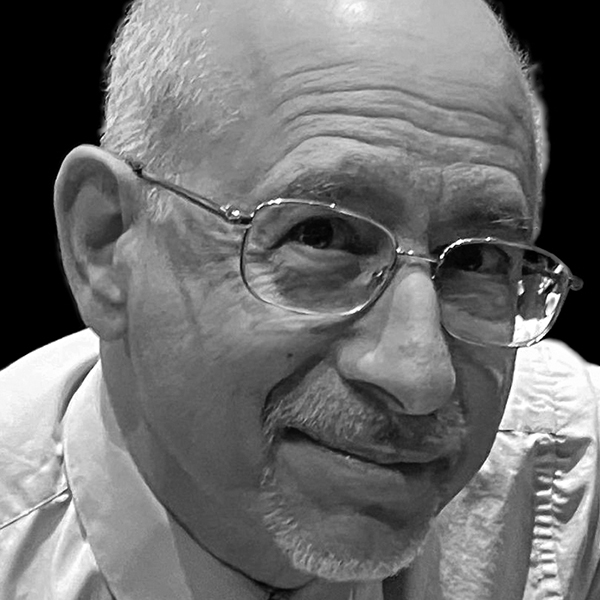
Brood II
David Jason Snow
The compositions of David Jason Snow have been performed in concert by the Ensemble Intercontemporain, the American Brass Quintet, the New Juilliard Ensemble, the Harvard Wind Ensemble, et al. Snow is the recipient of composition awards from the National Endowment for the Arts, the ASCAP Foundation, BMI, and Keyboard magazine.
Whether one reads the life cycle of Magicicada septendecim as tragedy or comedy depends upon how one interprets the existential predicament of Homo sapiens struggling to survive as a species, mostly at the expense of hapless individuals, with no discernable goal or resolution. Harness your empathy and loathing accordingly. -
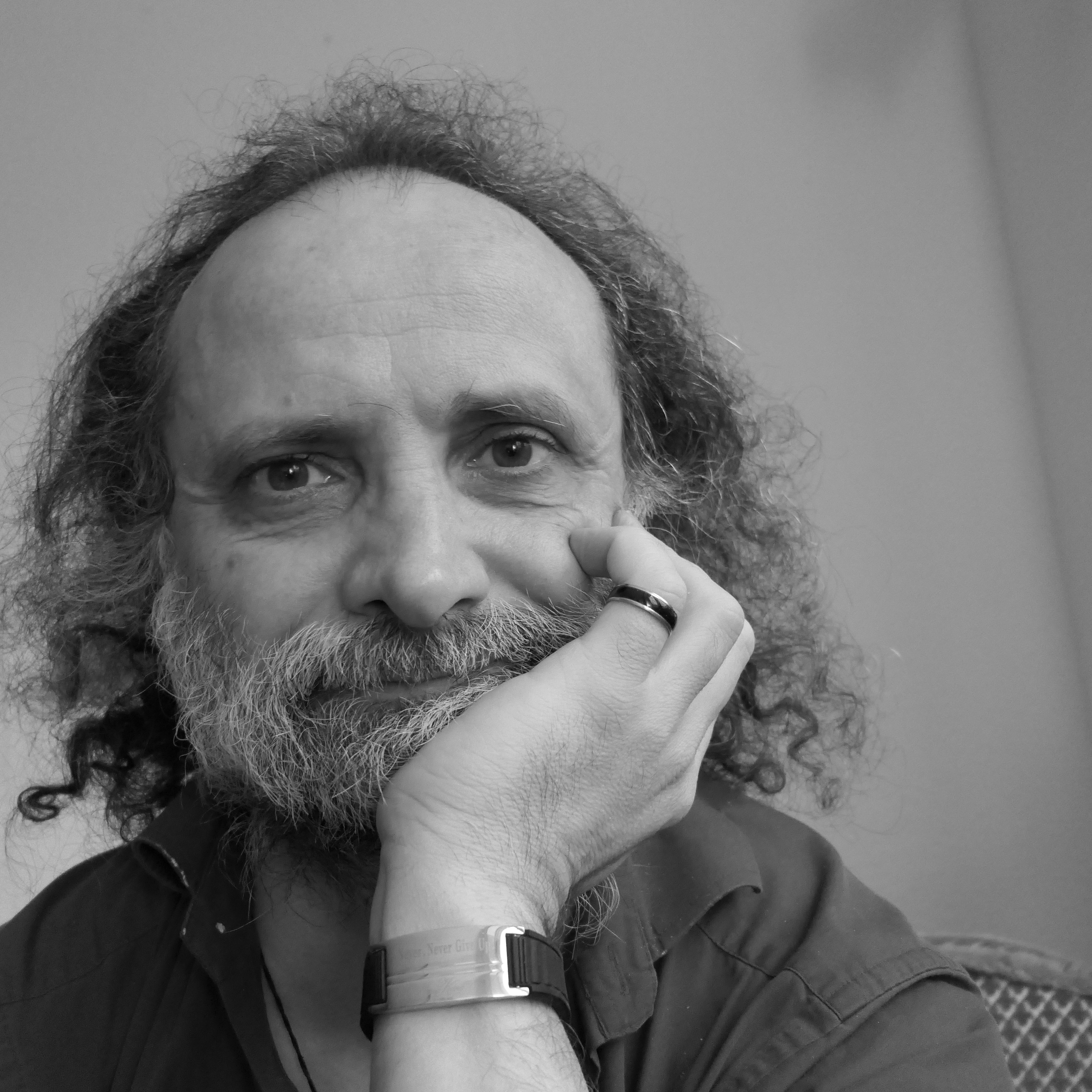
Ocho blando
Juan Maria Solare
Juan Maria Solare, born 1966 in Argentina, works currently in Germany as composer, pianist (contemporary & tango) and teaching at the University of Bremen and at the Hochschule fuer Kuenste Bremen. His music has been performed in five continents. Eleven CDs of different performers include at least one piece of him. www.JuanMariaSolare.com
Ocho blando means Smooth Eight in Spanish, and was composed -or rather drawn- for Rob Voisey's Hard Eight (i.e for his 44th birthday): using two dice, the number 8 can be obtained in three ways. The "easy way" is by rolling a 6 and 2 or a 3 and 5, or the "hard way" by rolling a 4 and a 4.
-
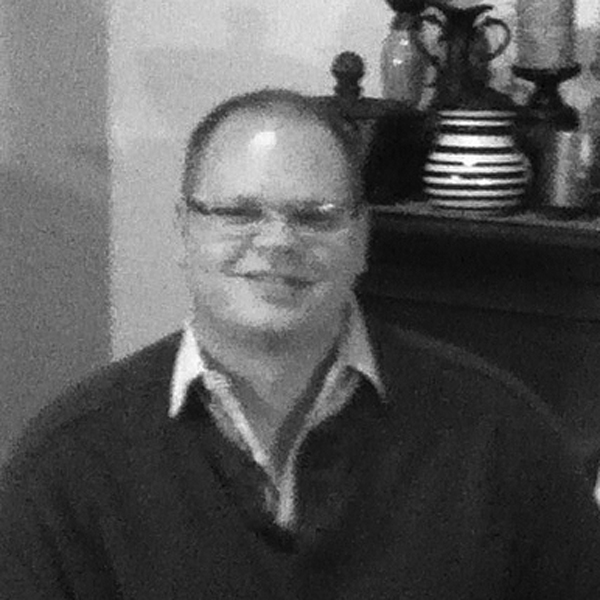
1.618
Adam Torkelson
Adam Torkelson studied sonata and orchestral composition with John Bavicchi at Berklee College of Music in Boston, MA. Throughout his career, he has composed concert music, film scores, and jazz charts. He plays piano in a professional jazz quartet and lives in Houston, TX.
a “1.618” was written in 2013 for the Fifteen-Minutes-of-Fame composition contest. The title refers to the golden ratio in mathematics, often used in art and architecture as an aesthetic foundation. In the composition, the ratio guides all musical parameters of improvisation in order to counterbalance the indeterminate factors of the piece.
-

Seis Six
Nate Trier
Nate Trier is a composer and music educator in New Haven, CT. His work explores the intersections of chamber music, improvisation, and indeterminacy. He is currently pursuing an MFA in Music Composition at Vermont College of Fine Arts.
Seis Six emerged from an attempt to reverse-engineer a favorite composition. Its architecture is a study in a classic form. The musicians inhabit this structure and make it their home.
-

Rivulet
Kristina Warren
Kristina Warren (B.A., Music Composition, Duke University) is currently pursuing a Ph.D. in Music Composition from the University of Virginia. Research interests include voice, electronics, and folk music. Warren’s compositions have been performed across the US. She has studied composition with Judith Shatin, Anthony Kelley, Scott Lindroth, and John Supko.
“Rivulet” is inspired by Korean p’ansori, a traditional musical style whose singers employ many subtle ornamentations and intonational inflections. “Rivulet” eschews typical Western notation, instead using colored dots above and below a single line to indicate variable intonation. Within certain rules, performers choose which pitch to derive from each color.
-
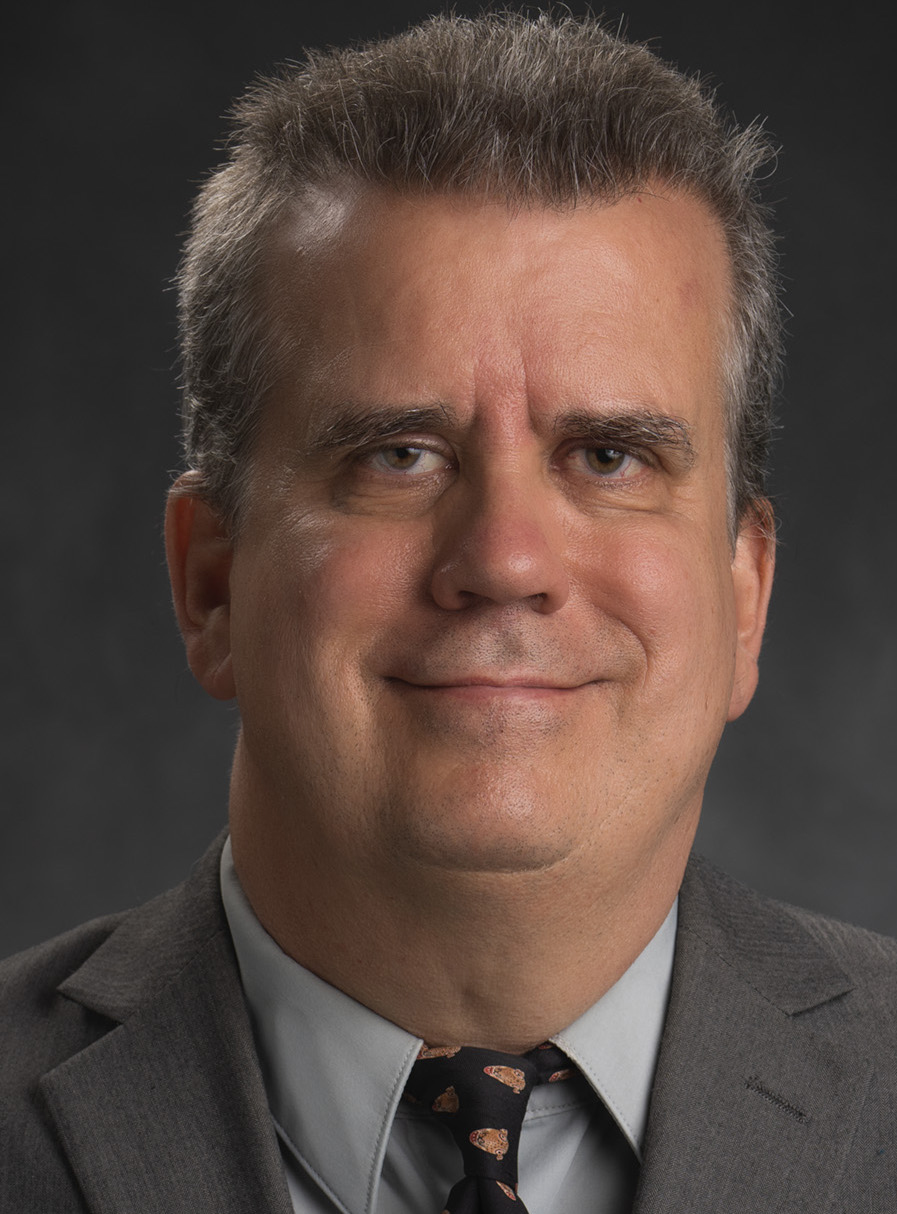
Lucky 7
Blair Whittington
Blair Whittington is a Los Angeles based composer who concentrates mainly on chamber and orchestral music. He studied composition with Byong-kon Kim and has worked for 18 years as music librarian at the Brand Library & Art Center in Glendale, California.
There are seven musical choices, each on one staff, two choices are rests. The player(s) may play and repeat the first 6 in any order and the piece ends with a sffz note or chord. Clef, dynamics, articulations, tempo and mood are left up to the musician(s).